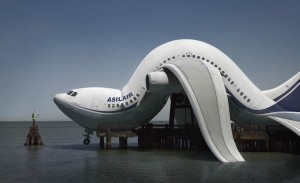The Terrifying Realities of Flying Under the Influence (and the Consequences)
Arrests for DUI in Los Angeles and other venues occur with such frequency that they rarely make the news, unless the driver is a celebrity or unless an accident causes loss of life. What happens, though, when the stakes are much higher? What if the person under the influence is an airline pilot getting ready to fly a plane? In short, understandably, people panic…
On March 26th, an agent from the Transportation Security Administration spotted a pilot acting suspiciously at the Detroit Metropolitan Airport. Authorities gave him a breathalyzer test, and he reportedly failed. They arrested him, gave him a second breathalyzer test, which he supposedly failed again. This all occurred just a few minutes before the scheduled takeoff of a flight on which the accused man was supposed to serve as co-pilot.
The Federal Aviation Administration’s rules for blood alcohol content are much more stringent than state laws for DUI. They apply to all pilots, from those controlling massive commercial jets to those piloting single engine aircraft.
One FAA rule is an eight-hour “bottle to throttle” requirement; pilots have to stop drinking at least eight hours before they enter the cockpit. According to the FAA, many airlines require a longer 12-hour waiting period.
 Los Angeles Criminal Defense Attorney Blog
Los Angeles Criminal Defense Attorney Blog

